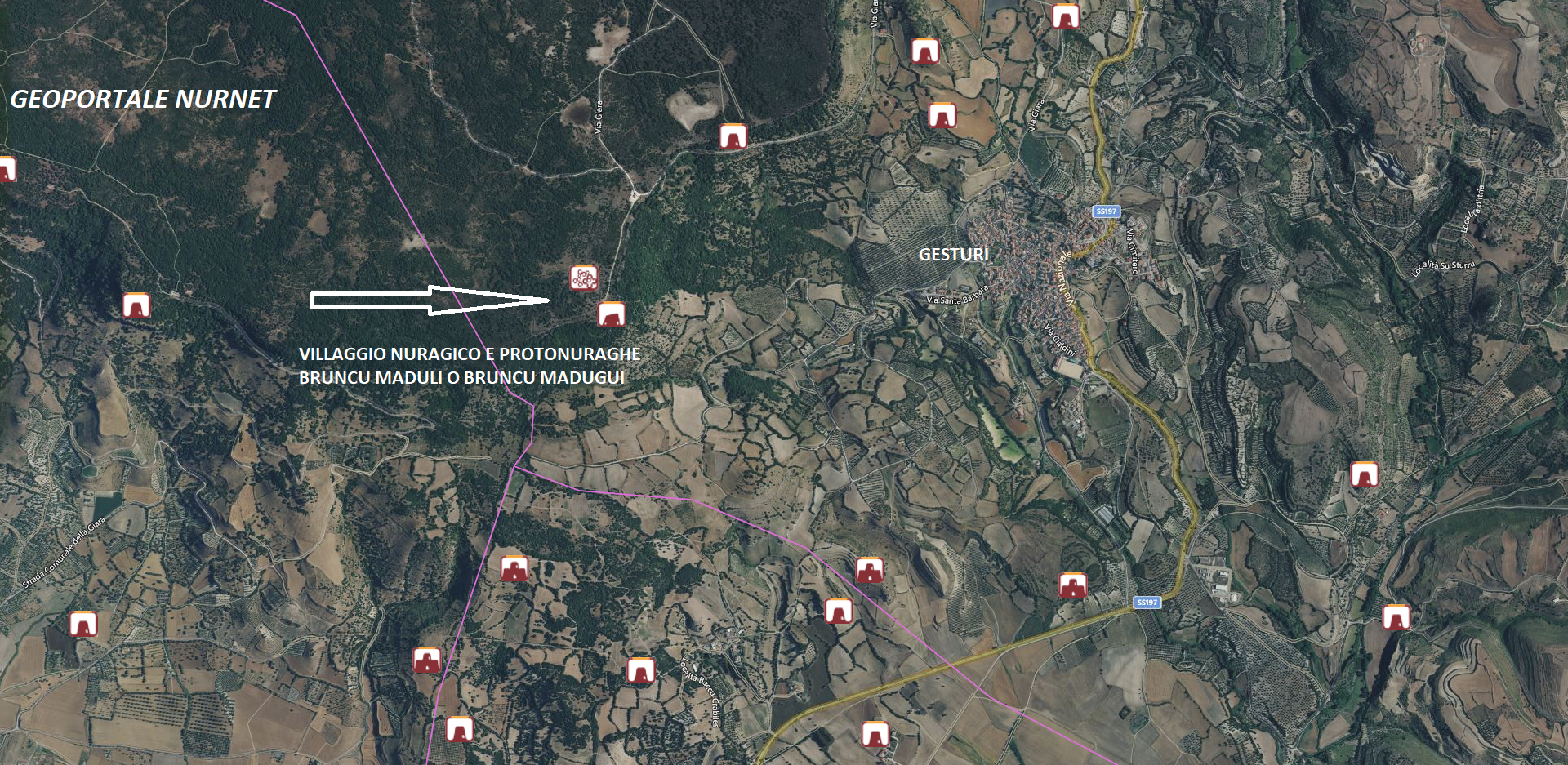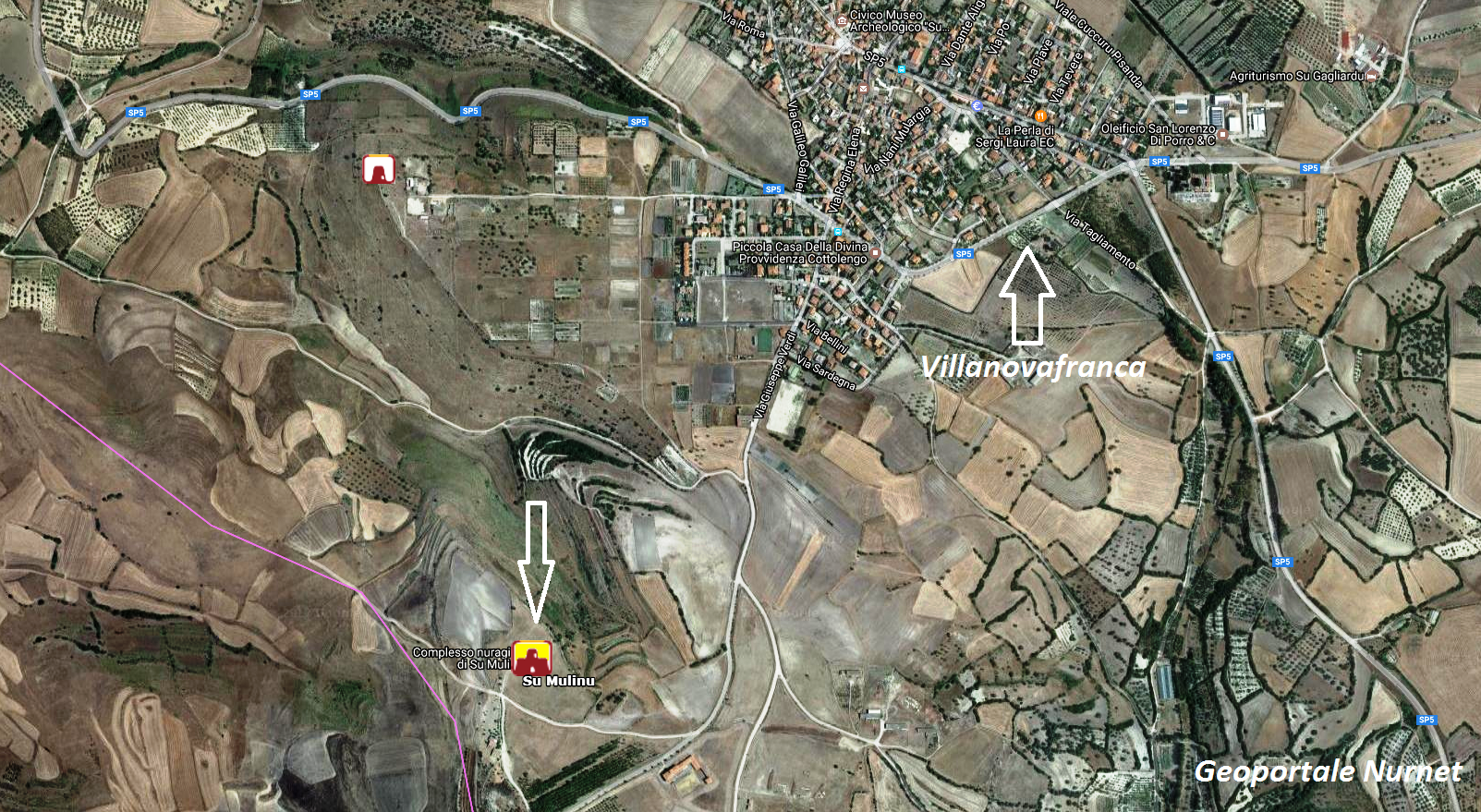“The practice of breeding, as well as hunting activities, allowed for the abundant procurement of honey, milk and cheese, eggs, fresh and cured meat, fat, as well as wool, horn, bone, skin, leather, bristles, feathers, and quills. Analyses of the paleofauna remains from the excavations do not yet allow for a full assessment of per capita consumption percentages in relation to places and periods of the nuragic age. The bone remains of the protonuraghe Bruncu Madugui of Gesturi indicate that around the 15th-14th century B.C., there was a mixed economy predominantly pastoral with sheep and goats (61%), cattle, pigs, and deer, which were also slaughtered at an adult age, while the sheep and goats sacrificed in the temple of Su Mulinu during the Iron Age were under one year old for ritual reasons. Sardinian pastoral wisdom has passed down unbeatable sheep and goat cheeses from the time of the nuraghi, linked to the discoveries of the mythical cultural hero Aristeo.” This is written by Giovanni Ugas in his book “Shardana e Sardegna,” published in November 2016 by the publisher Delfino. He also writes that “Like the Sardinians, the Shardana were breeders as well as farmers, as evidenced by Egyptian texts, particularly the Wilbour Papyrus and some Ugaritic texts.” These latter considerations are accompanied by an interesting note that is reported below: “…The Wilbour Papyrus records the presence in the Nile valley of the Shardana Rowey, a ‘mniw,’ meaning a professional breeder, who had his land in the herbarium of the temple of Ra Harakhti. Additionally, there were included in herbages and fodder, sometimes for the white goats of some temple farms, the lands assigned to another 7 Shardana: flag bearer Ra’messeskheprepi, attendant Seten’amu, simple soldiers Pha’py, Piu, Siptah, Setkha with the brothers, Wenofre. Overall, about 8% of the Shardana residing south of Lake El Fayum practiced a pastoral activity.” The photos of the nuragic village and protonuraghe Bruncu Madugui or Bruncu Maduli of Gesturi are by Alex Sardegna and Bibi Pinna. Those of the nuraghe Su Mulinu of Villanovafranca are by Diversamente Sardi and Francesca Cossu.









